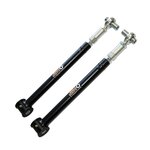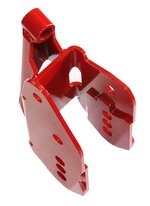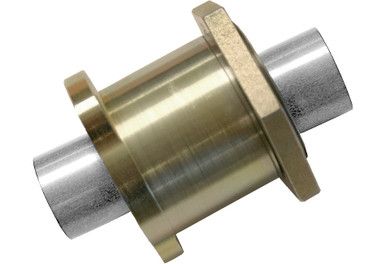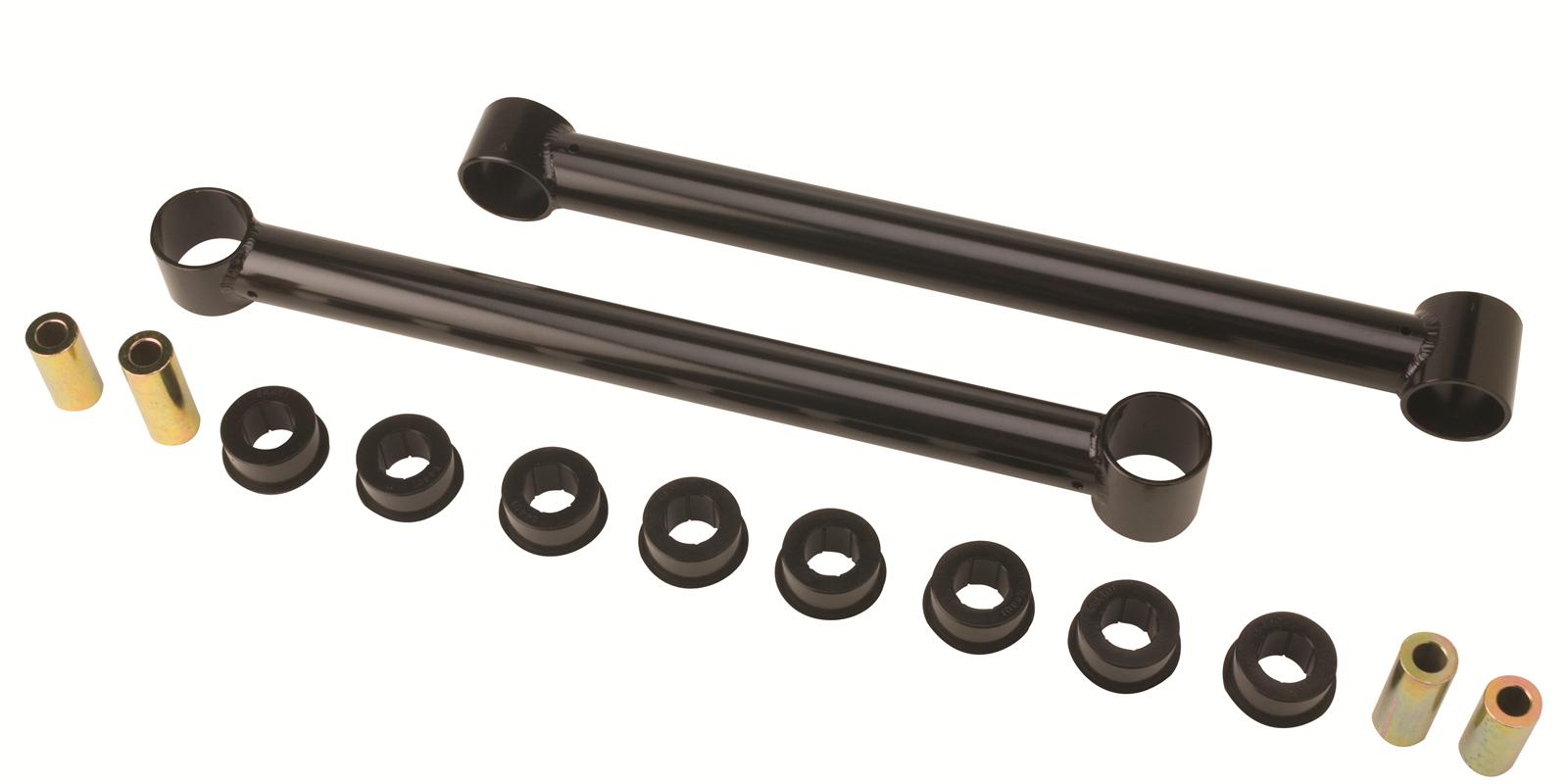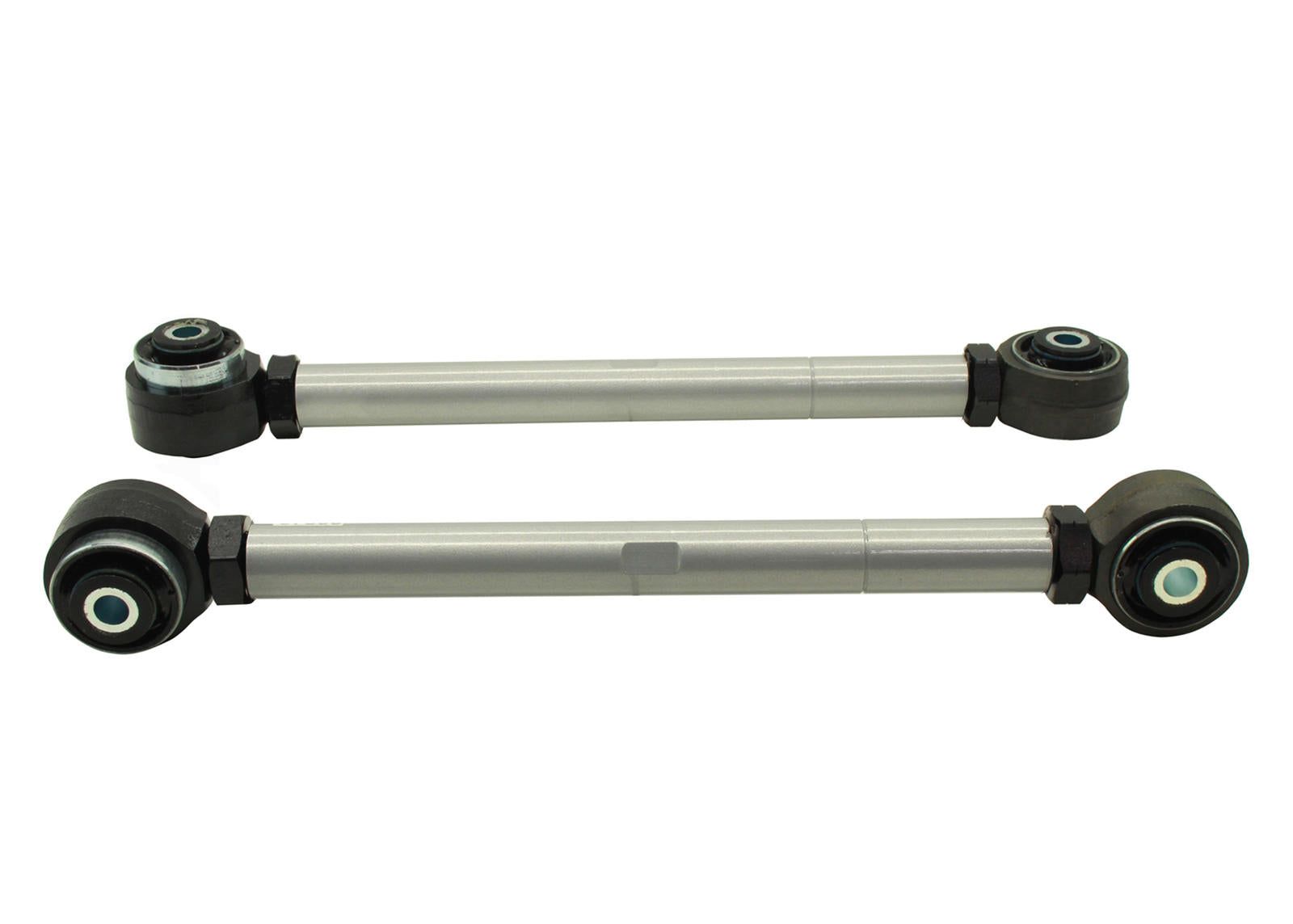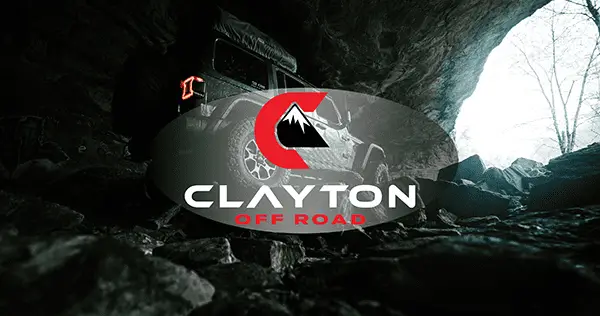So admittedly, I have been out of the Mustang game for awhile. My last outing was with a SN95 car that I cut my teeth learning suspension tuning. I remember the importance of picking the right control arm bushing design to allow the factory 4-link to add compliance yet control axle movements.
Fast forward to today and my new project is a 2011 GT/CS that will be tuned for street/track. Digging into the options to restore the tired OEM suspension has me looking at all the potential options for control arm bushings. NVH is a concern but an even higher priority is minimize unintended rate increases (binding). I know the spherical design will accommodate the movement but add NVH. The OEM bushings will be good with NVH, but struggle to locate the axle once sticky tires and high spring/damper rates are added. Is there something in between that I am missing? Assuming Poly and Delrin won't accommodate the articulation needed and will probably add NVH anyway.
This question can also apply to the upper link, panhard bar and front control arms.
Appreciate your insights.
Fast forward to today and my new project is a 2011 GT/CS that will be tuned for street/track. Digging into the options to restore the tired OEM suspension has me looking at all the potential options for control arm bushings. NVH is a concern but an even higher priority is minimize unintended rate increases (binding). I know the spherical design will accommodate the movement but add NVH. The OEM bushings will be good with NVH, but struggle to locate the axle once sticky tires and high spring/damper rates are added. Is there something in between that I am missing? Assuming Poly and Delrin won't accommodate the articulation needed and will probably add NVH anyway.
This question can also apply to the upper link, panhard bar and front control arms.
Appreciate your insights.
